Major Paraparaumu stormwater upgrade makes Kāpiti more resilient
10 Jun 2024, 6:09 PM
Building infrastructure on the Kāpiti Coast means engineering around low-lying swamp and wetland areas, with an ever-present high flooding risk.
We’re proud to have recently completed a major stormwater upgrade through some of our district’s busiest streets with remarkably few issues.
The Paraparaumu stormwater upgrade is the first stage of a bigger project to address issues in the Amohia catchment. The area has an under-capacity stormwater network, a lack of safe overland flow paths for conveying flood waters and significant housing intensification. All these factors make it a high priority for Council to fix.
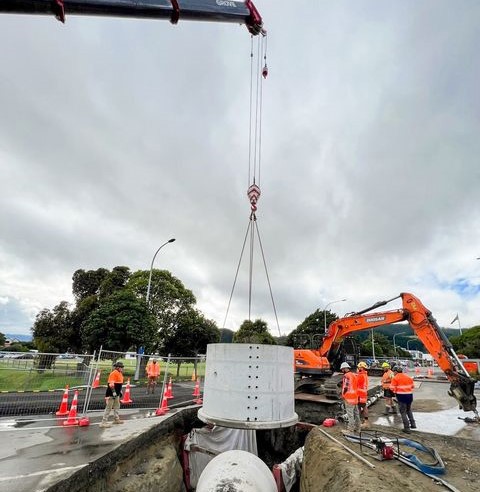
Local contractor Mills Albert rose to the challenge
In late 2022 local contractor Mills Albert Limited was appointed to build the $8.5 million project. The work involved installing approximately 800 metres of reinforced concrete pipes ranging in diameter from 1600 millimetres, 1350 millimetres and 1050 millimetres, as well as 13 interconnecting manholes.
Starting in February 2023, the first task was to build a new outfall and headwall into the Wharemauku Stream tributary on Iver Trask Place near the Paraparaumu Library.
Work started the way it was to continue for the next 18 months with road closures and traffic disruptions. Over the next eight months, the pipe laying progressed along Iver Trask Place, across the corner of Kāpiti School’s playing field and along Rimu Road towards Kāpiti Road.
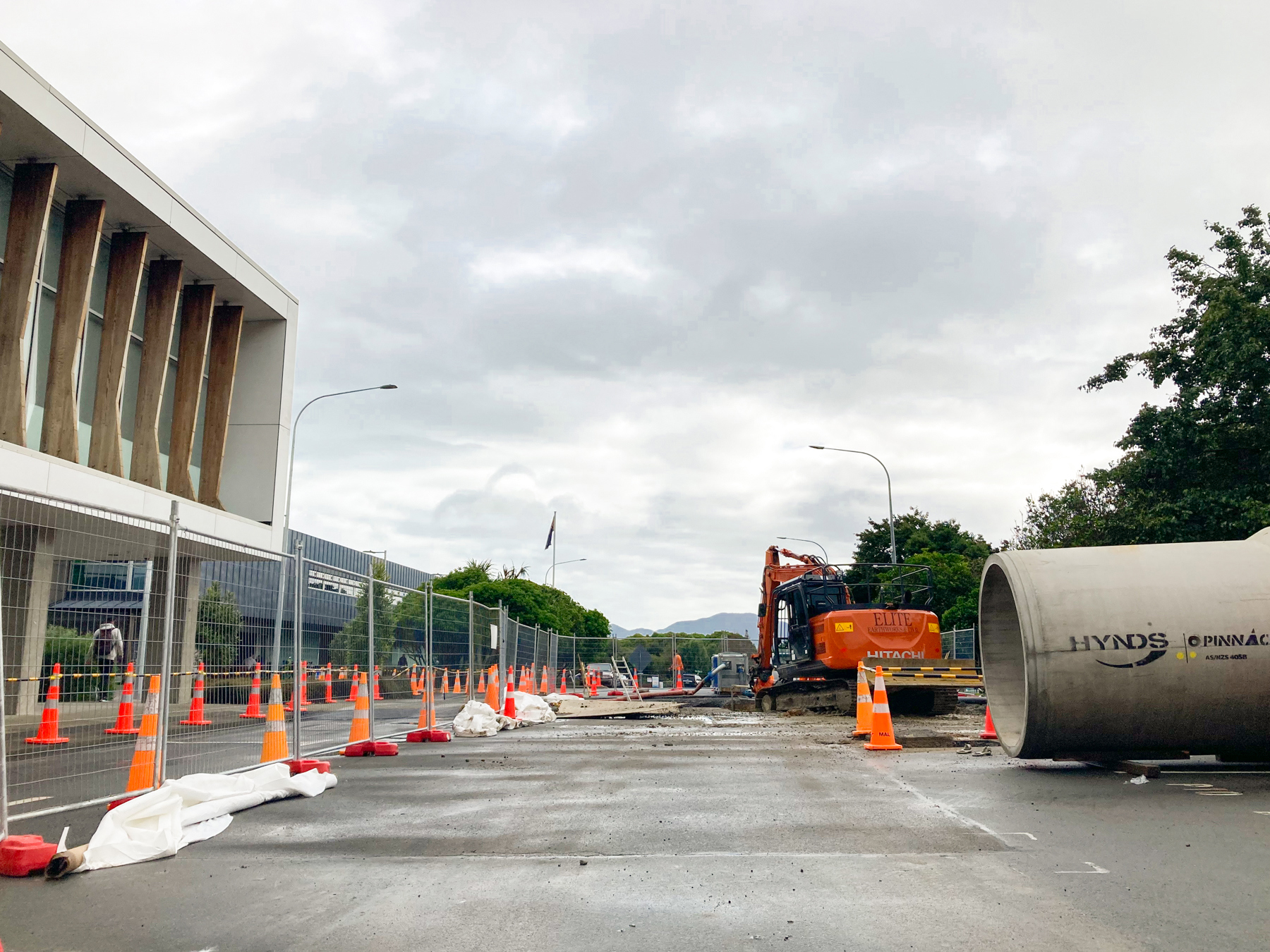
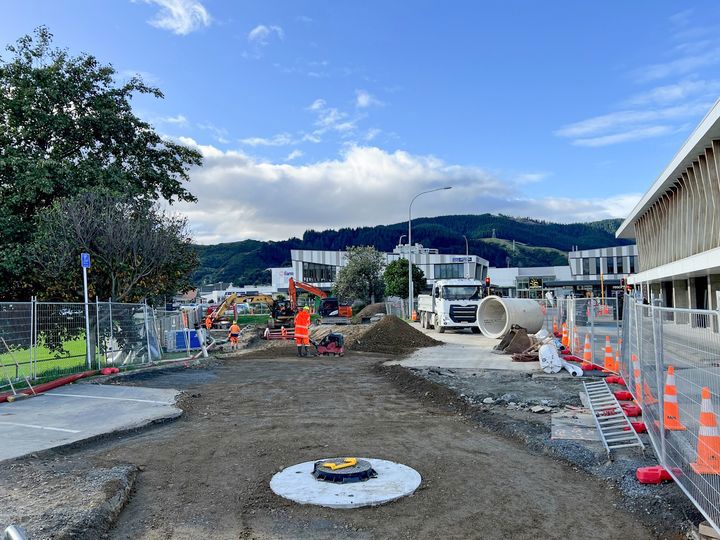

Council’s Group Manager Infrastructure and Asset Management Sean Mallon complimented the professionalism and skill of the Mills Albert crew.
“Getting across the Rimu Road/Kāpiti Road intersection carried huge risk due to the amount of disruption to road users as well as negotiating the many existing services also traversing the space. Despite investing heavily in preliminary geotechnical testing and utility locating, we still encountered unexpected services along the way.
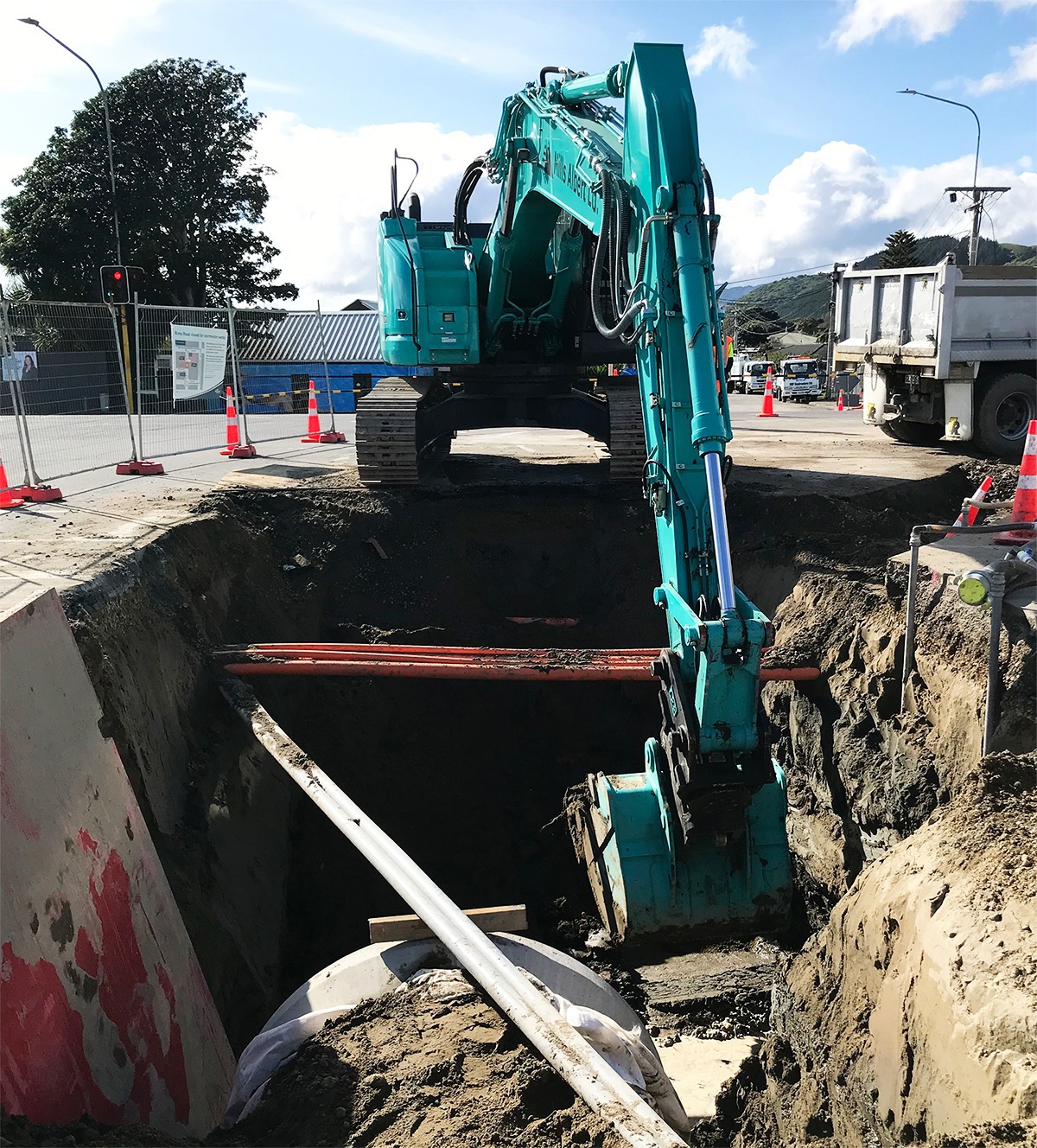
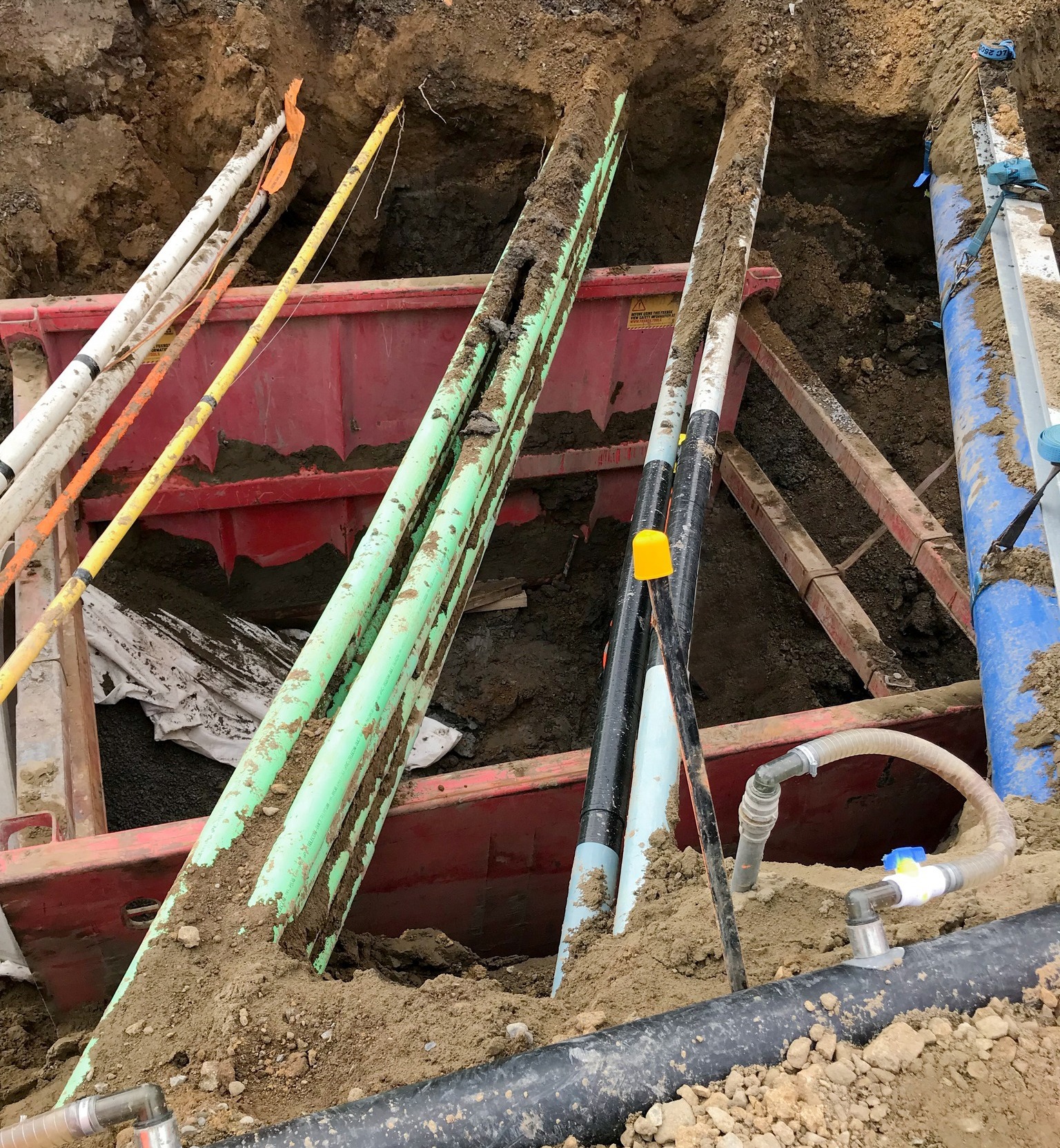
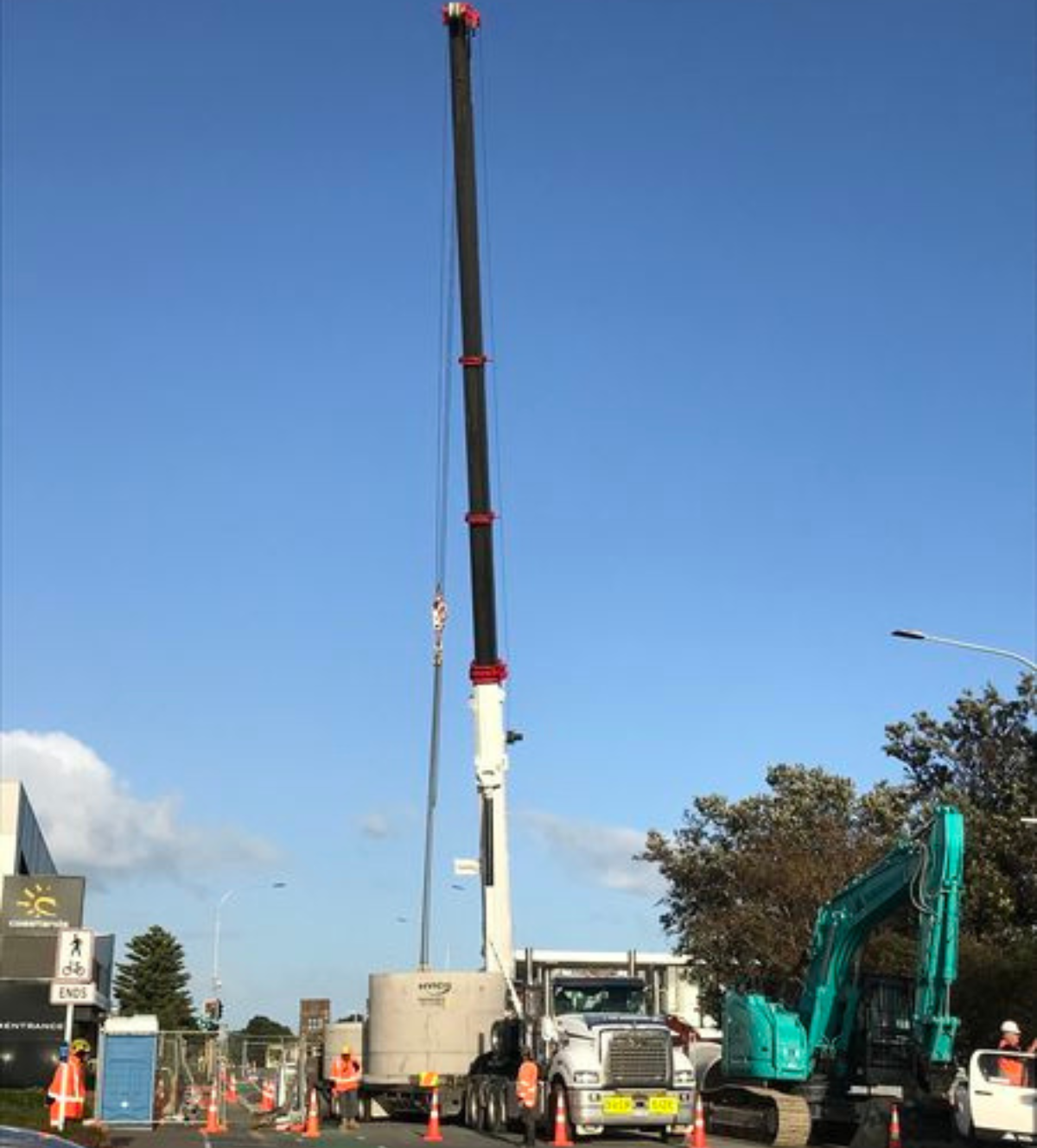
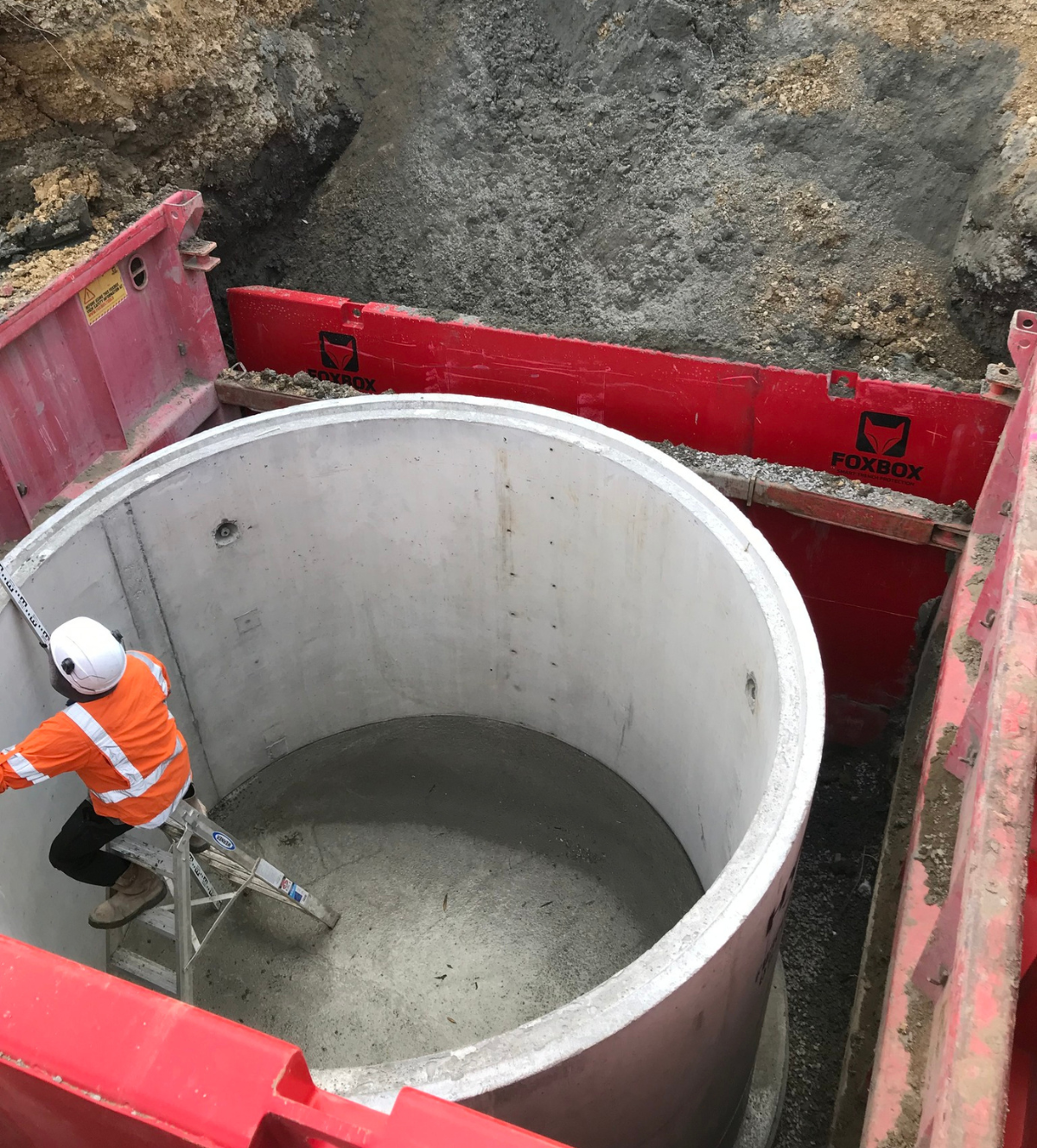
Adding value
The team took every possible opportunity to improve related infrastructure along the project route. This included upgrading the water reticulation system by adding new valves and replacing aging pipes and hydrants.
An ecological benefit was the creation of a fish refuge near the new outfall in the Wharemauku Stream. A small pond located to the side of the stream provides a place where fish can rest in times of heavy rain and high flows in the stream.
An important addition to the scope of the project included installing a left-turn slip lane at the busiest intersection on the Kāpiti Coast. As the work progressed towards the Kāpiti Road/Amohia Street intersection, an opportunity was identified to reduce the project’s impact on the intersection.
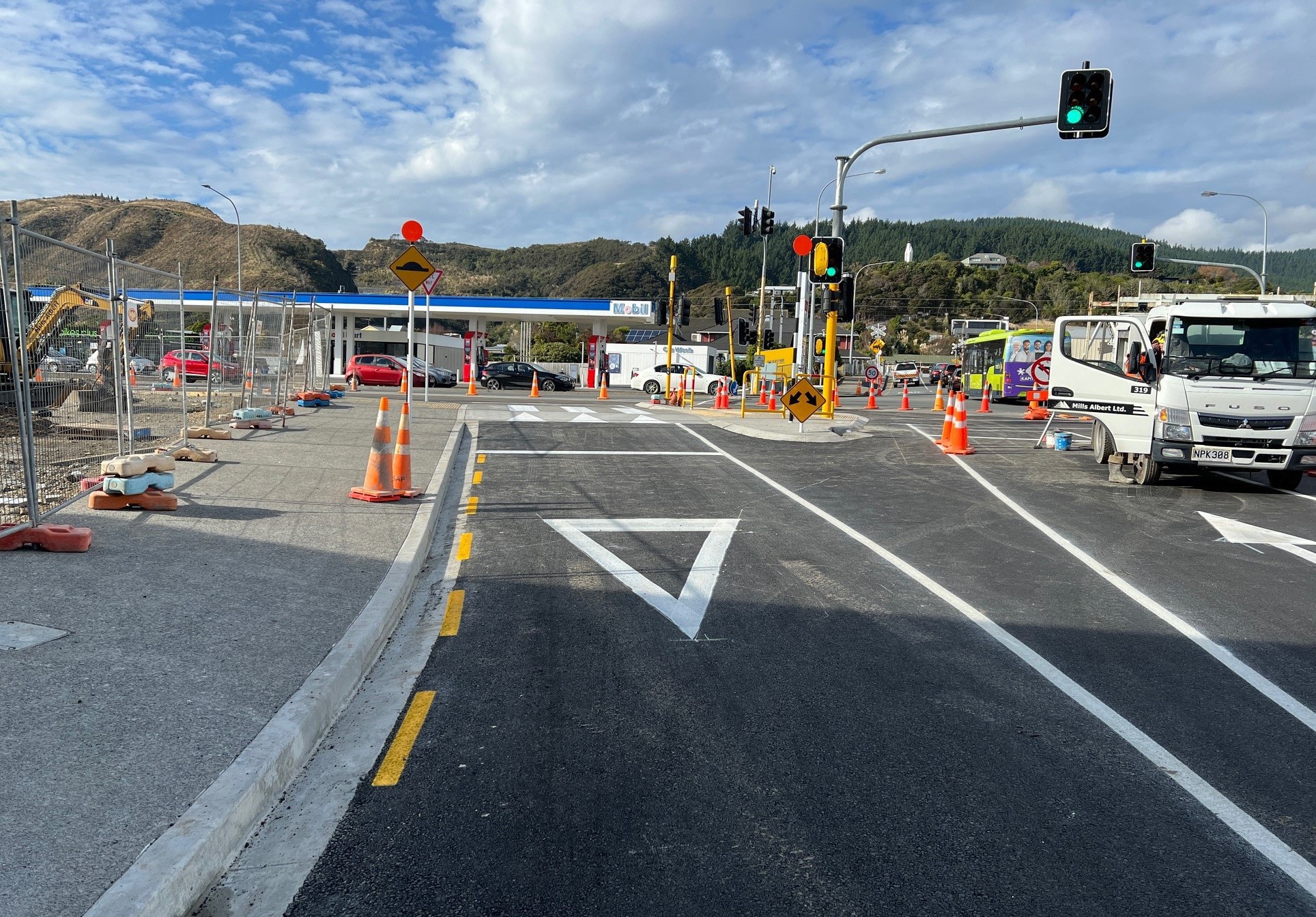
New slip lane from Kāpiti Road into Amohia Street.
A plan was hatched to install the pipes across the corner of a commercial site Council had previously purchased for intersection improvements. The design was updated, and a building was demolished on the section in time, so the pipe laying could continue with no delay to works. This avoided a huge amount of traffic disruption and allowed Council to deliver the intersection improvements ahead of schedule. The Mills Albert crew then built the new slip lane, footpaths and pedestrian refuge.
Keeping our community informed
Given the length of construction and the level of disruption the works would cause, a lot of effort was put into managing stakeholder relationships and informing our community about the work. Access was affected to businesses, including major retail areas, the Kāpiti Police Station, and several homes at various times.
Informing the community was achieved through advertising, regular updates on Council channels, video updates fronted by Council’s chief executive, letterbox drops, meetings and social media posts. Traffic layout around the site changed often (sometimes daily), so instead of communicating the details of every traffic layout, messaging focussed on encouraging people to be aware of changing conditions.
Overall, the project enjoyed a high level of stakeholder and community understanding, and Council received very few community complaints about disruption the works caused.
Mr Mallon notes that while all councils and their communities are struggling with the need and cost of continuing to invest in their infrastructure, it has been very rewarding to see stage one of this big project completed.
“The Kāpiti Coast community continues to understand the importance of investing in their infrastructure to provide for planned growth and a more resilient future,” said Mr Mallon.